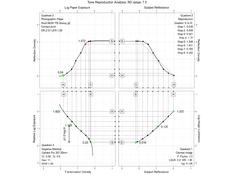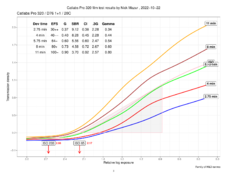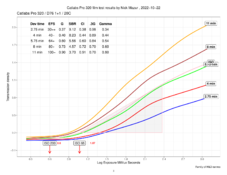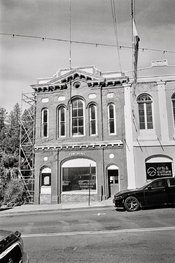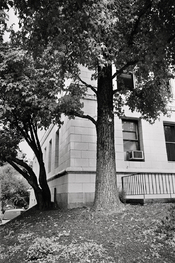Tone reproduction
Tone reproduction analysis dates back to the 1950s and the work by Jones (and others). Unlike curve family analysis, it has not been as well documented in the literature since. I owe a lot to the Photrio (and Apug) community forum (esp. Stephen) where some of the otherwise obscure detail has been discussed in detail over the years. I still have a lot to learn, though. One of the goals of tone reproduction analysis is to simulate the entire journey of light from the scene (subject luminance), through the meter, the camera image (including flare), the negative, and the final the print. Below is a typical block diagram illustrating the idea.
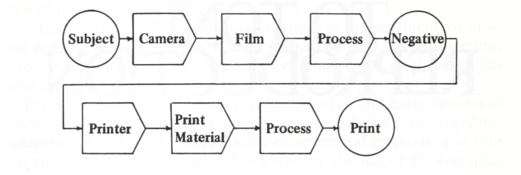
In order to run this analysis, one needs to have sensitometric data of both film and paper. I did my paper analysis (Ilford MGIV FB Glossy) four years ago, so it probably is no longer relevant, as the emulsion seems to have changed (please, correct me if I am wrong on this), not to mention the fact that the choice of paper analysis type adds yet another layer of variation. I test paper according to the method described by
Darkroom Automation, but it's just one of several paper testing methods in use today.
Tone reproduction analysis should be able to incorporate a few options available to the photographer, such as, whether to focus on shadow, mid-tone, or highlight information, how to use the exposure meter, how to choose one’s preferred print tonality, etc. I am showing just one set of such options here, mostly for the sake of brevity. Regardless, I think we can see one important detail, i.e., how one’s choice of film, exposure, and development, leads to a certain kind of tone distortion, esp. shadow and highlight compression.
Since I haven’t yet talked about camera flare, I thought I’d illustrate its effect in a series of three flare values (0, 0.5, and 1.3 stops). Flare, among other things, reduces overall subject luminance range to an effective in-camera luminance range (see Quadrant 1).
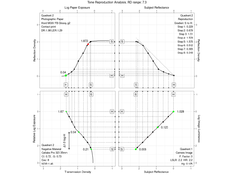
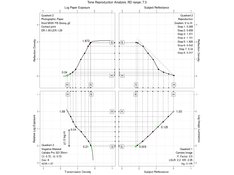
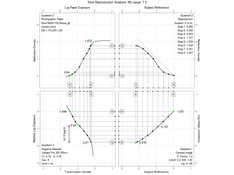
The last image shows how increased development time leads to an even more extreme tone distortion in the final print. It would be nice, I think, to do a similar type of analysis in a hybrid process. Something to think about.
